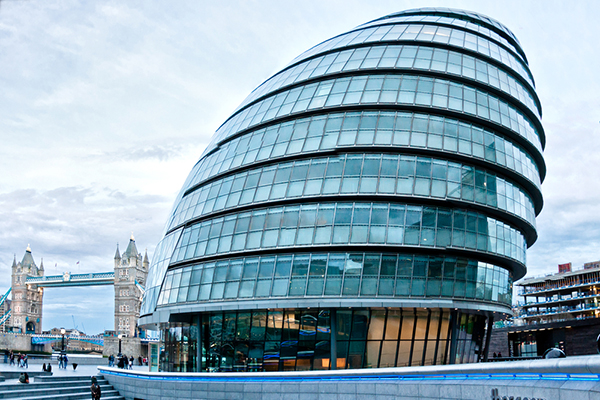You are viewing 1 of your 1 free articles
 James Murray
James MurrayWe are helping social landlords build but more support from government is needed
London deputy mayor James Murray outlines how he sees the state of play in terms of funding in the English capital.
At City Hall, we know the scale of the housing crisis means it will take time to turn things around, and that we need more investment and powers from national government to truly build all the homes we need.
But we need to do all we can with the resources we have – and since becoming deputy mayor, I have welcomed the willingness of so many in the social housing sector to step up and face the challenge with us.
When we came to office two years ago, we inherited a legacy of zero homes for social rent through the existing City Hall affordable homes programme.
Turning that around was made even harder by a complete lack of financial support from central government for any social rent at all.
“We inherited a legacy of zero homes for social rent through the existing City Hall affordable homes programme”
Yet this May, two years after we took office, we launched ‘Building Council Homes for Londoners’ – the first-ever City Hall programme dedicated solely to council homebuilding.
It is funded with money the mayor secured from national government for social rented housing. And since the elections in May, councils right across London have put council housing centre stage.
This change has been helped by a shift in emphasis from the government, brought on by the rightful soul-searching by ministers after Grenfell, and the fallout from the 2017 election.
In local government, new and established leaders across the city won strong mandates to build more council and social rented homes.
In the three months since those local elections, I’ve met with 26 council leaders and mayors – an indicator of the priority now given to council homebuilding in the capital.
“Building council homebuilding capacity will be central to tackling the housing crisis”
Some are ready to scale up existing building programmes, and others are taking this chance to create a whole new approach.
Building council homebuilding capacity will be central to tackling the housing crisis, and I am pleased to hear that the G15 are planning to develop a programme through which they can share their development expertise with council staff.
Click below to download or listen to The Housing Podcast episode ’Is Sadiq Khan delivering on housing?
I also welcome the fact we have been able to fund housing associations themselves to build new homes based on social rent levels.
The Mayor has strategic partnerships with nine housing associations, now including A2Dominion and Catalyst, and recently announced deals worth £288m for 4,705 homes to start by 2022 – roughly two-thirds of which will be based on social rent levels.
In London, many housing associations and councils are stretching themselves to build more with City Hall support. But there is only so far we can go without greater support from government.
Our analysis suggests London needs £2.7bn grant funding per year to deliver the social rented and other genuinely affordable homes Londoners need – yet the current settlement is just one-quarter this amount.
A larger, longer term, more stable and devolved funding settlement is a key part of giving London the resources it needs to address its housing crisis.
James Murray is deputy mayor for housing and residential development in London
AFFORDABLE HOUSING STARTS IN LONDON APRIL-JUNE 2018
- 630 London Living Rent/shared ownership
- 329 social rent
- 73 other affordable rent
- 65 affordable tenure to be confirmed
- 40 open market
Source: Greater London Authority
At a glance: the different types of rent in London
Picture: Getty
Social rent: The amount of social rent a person pays depends on the location and size of the property, and is set according to a complex formula, but it is typically set at between 50% and 60% of market rent.
Affordable rent: Introduced by the coalition government in 2011, ‘affordable’ rent can be up to 80% of market rent, although many associations have been charging lower than this.
London Affordable Rent: A tenure introduced by Sadiq Khan that is lower than national affordable rent and based on target rent levels towards which social rents are gradually being raised. This makes it higher than average social rents in the capital, but in line with the rent that would likely be charged if a new social rent unit was built and set according to the same formula.
London Living Rent: A rental product aimed at middle-income Londoners introduced by Sadiq Khan, with rents set at one-third of average local earnings.
Target rent: A social rent level calculated by the government, which council and housing associations should use to move their social rents to over time.












